30 Common Houseplants From A-Z That Are Toxic To Pets
While plants and greenery add beauty to your home, certain ones can be toxic to cats and dogs. Here's a list of the most common houseplants that are not pet-safe.
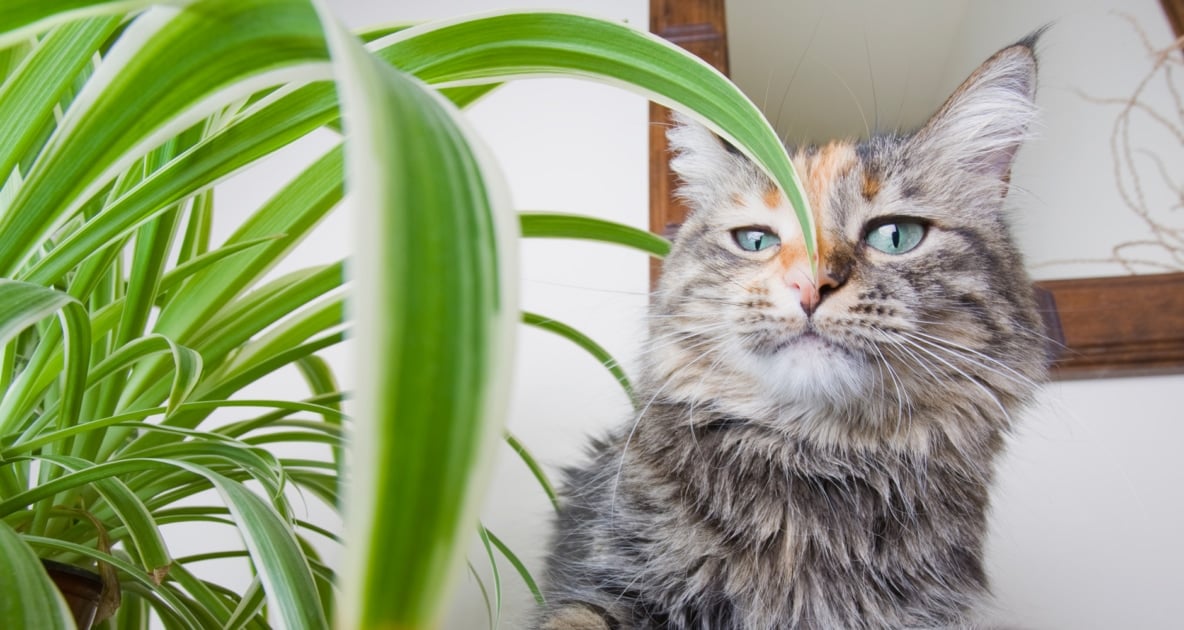
While plants and greenery add beauty to your home, certain plants can make your pets sick. Especially your curious indoor cats, who tend to gravitate toward anything green. Over 700 indoor/outdoor plants contain toxic substances that are not safe for your dog or cat. Here’s a list of the most common toxic houseplants that you should avoid or keep out of reach if you have pets.
30 Common Houseplants To Keep Away From Pets
More images coming!
Alocasia
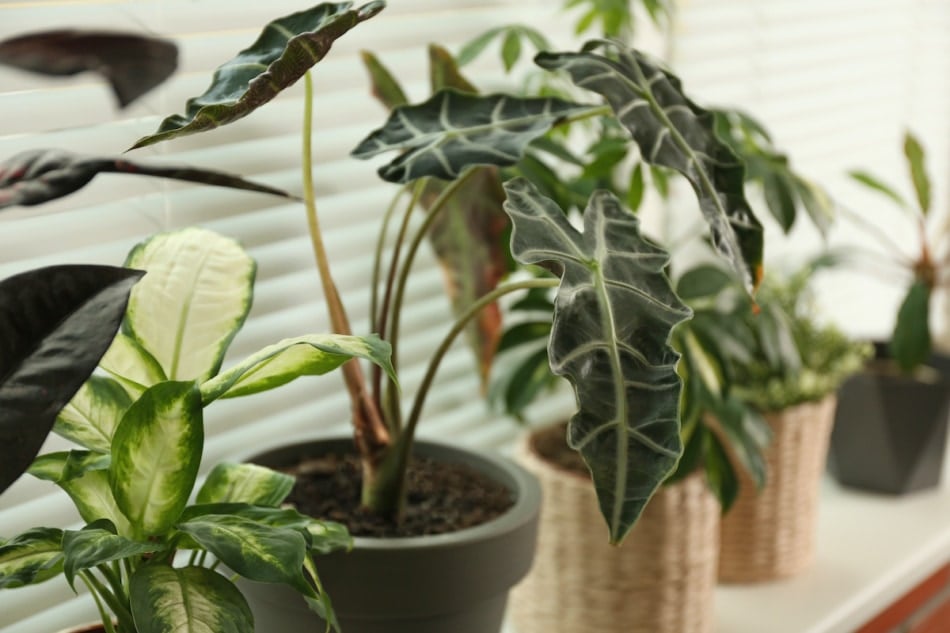
Otherwise known as Elephant’s Ear, this plant can irritate or burn the mouth, lips or tongue of cats and dogs. Other symptoms include vomiting and drooling.
Aloe
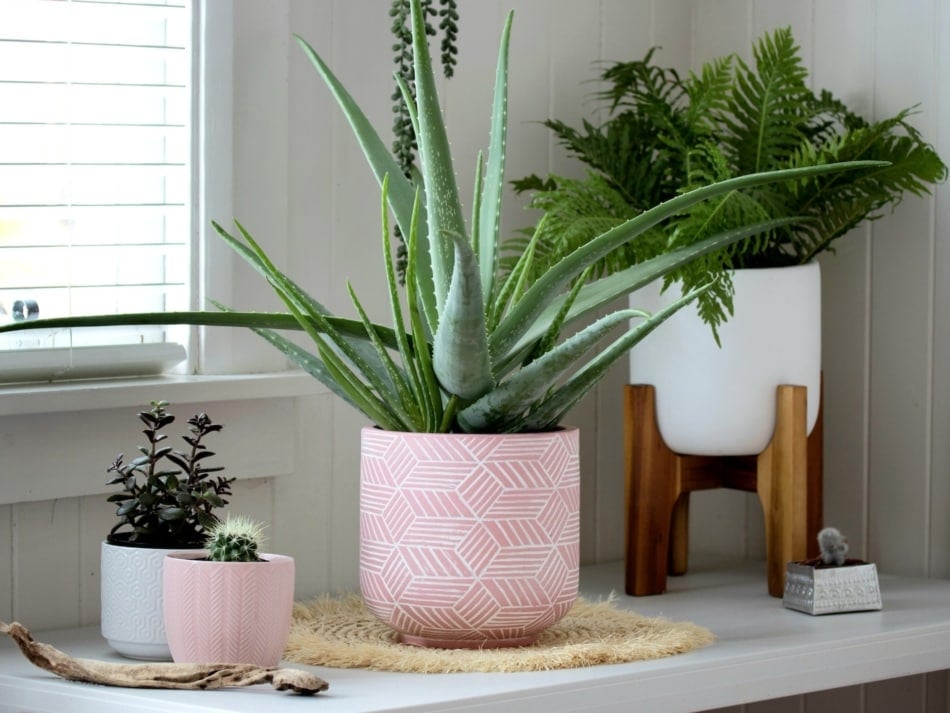
Aloe is poisonous to both dogs and cats, causing vomiting, diarrhea, and other symptoms.
Amaryllis
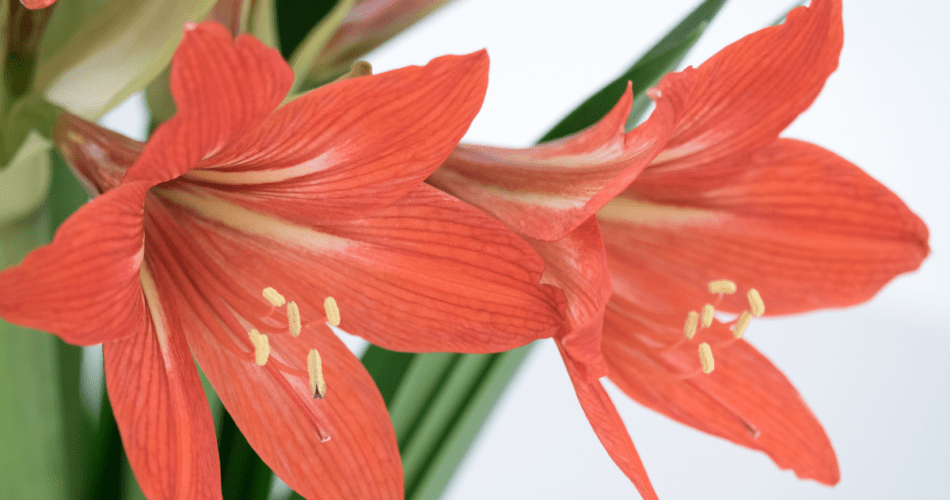
These pretty flowers cause symptoms like stomach pain, drooling, tremors, diarrhea, and vomiting in cats and dogs when ingested.
Arrow-Head Vine
This is a common bedding plant in larger planters, but it contains insoluble calcium oxalates, which cause burning of the mouth, tongue. and lips along with drooling and vomiting in pets.
Asparagus Fern
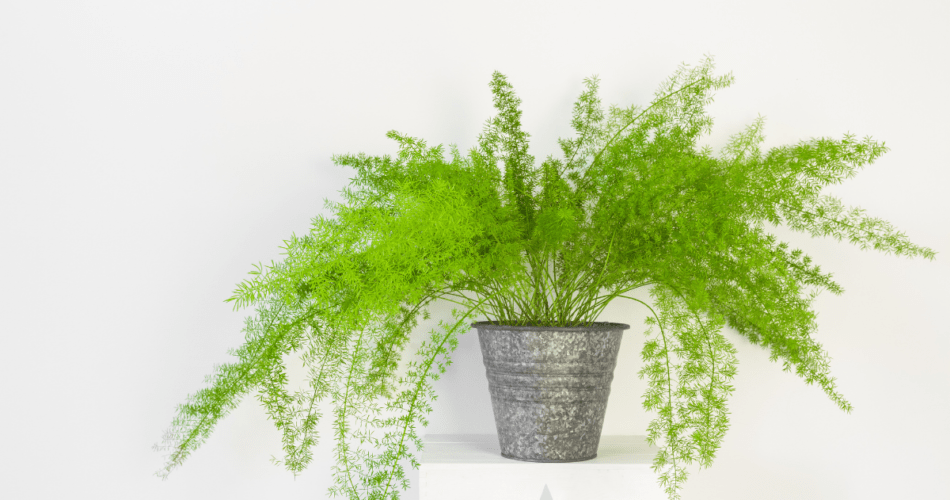
These plants contain sapogenins, which is a compound that can cause dermatitis in dogs and cats. The berries are poisonous to your pets, causing diarrhea, vomiting, and stomach pain.
Azalea
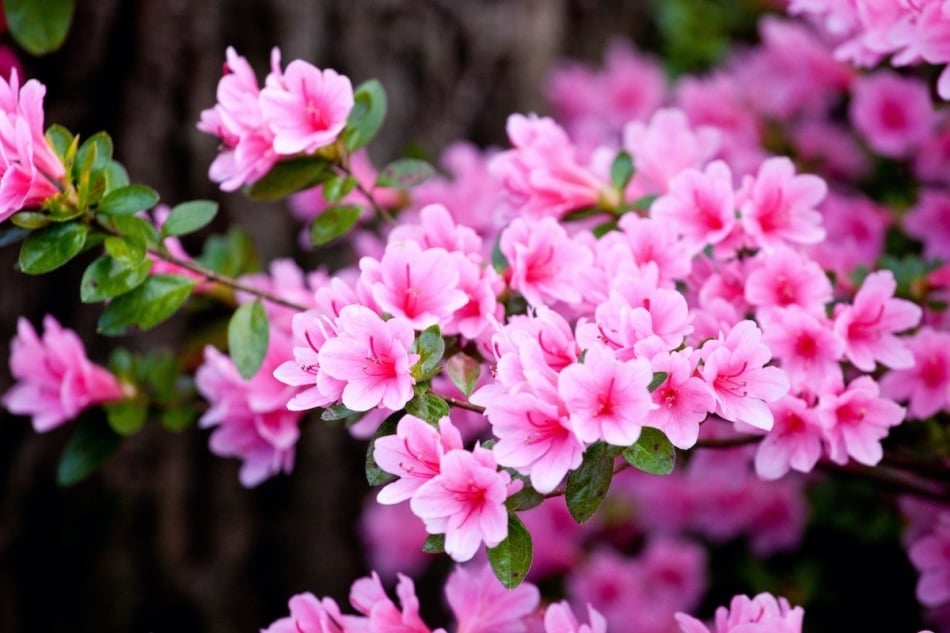
While these shrubs are mostly used outdoors, azaleas are sometimes used to create miniature bonsai trees indoors. However, the grayanotoxin in azaleas is highly toxic to dogs, cats, and other animals. It can cause a wide variety of symptoms, from vomiting and diarrhea to a coma.
Bay Laurel
If you are fond of growing herbs and spices indoors, watch out! Bay leaves cause vomiting, diarrhea, and sometimes bowel obstruction in pets.
Begonia
This is another houseplant containing oxalates, which causes severe oral irritation in dogs and cats.
Caladium
Here is another plant that contains oxalates, which cause oral irritation, vomiting and drooling when ingested.
Cardboard Palm
Some palm trees and shrubs are pet friendly and others are not. This is one that you should avoid because the cycasin in these plants can cause several serious issues such as hemorrhagic gastroenteritis or liver failure.
Clivia
This is a beautiful flowering plant similar to amaryllis, but the alkaloids it contains can cause symptoms ranging from vomiting and diarrhea to low blood pressure and arrhythmia in both dogs and cats.
Chrysanthemum
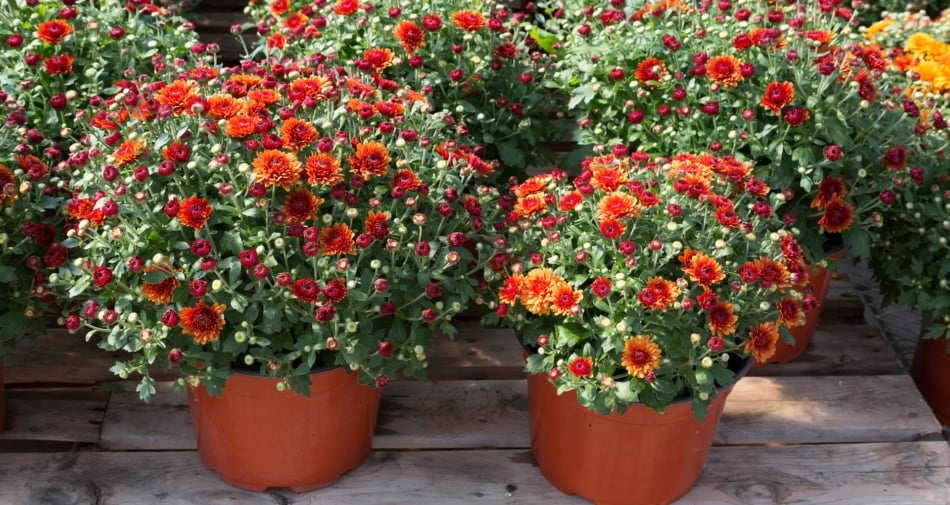
You may be tempted to move your gorgeous potted mums indoors when the weather gets colder, but they’re toxic to cats, dogs (and horses) when ingested. Signs of poisoning include vomiting, diarrhea, hyper-salivation, loss of coordination, and dermatitis.
Dieffenbachia
All varieties of dieffenbachia are unsafe for dogs and cats. Toxic oxalates and proteolytic enzymes cause oral burns, drooling, and vomiting.
Dracaena
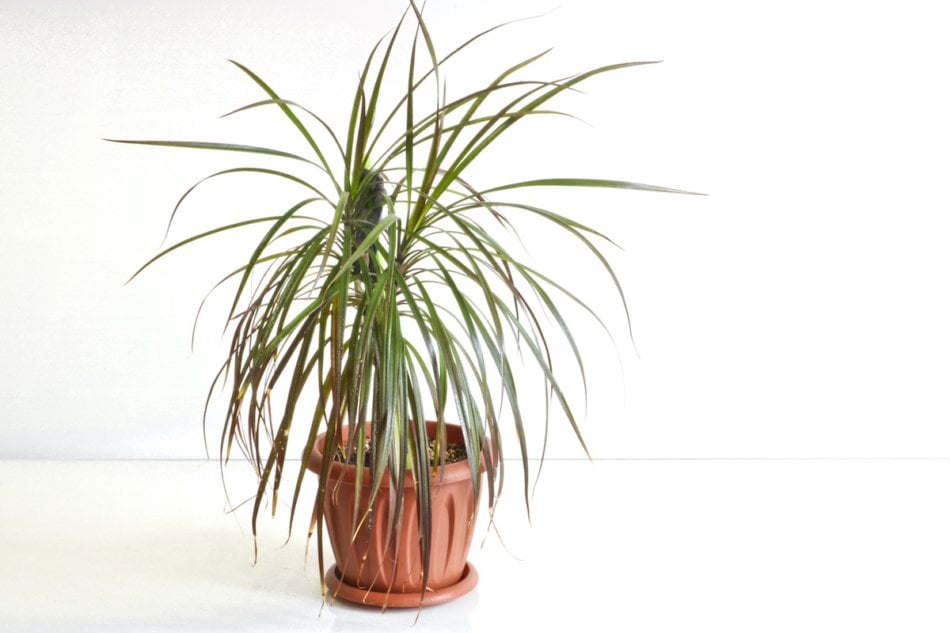
Dracaena contains saponins, which cause vomiting, excessive drooling and other symptoms. In cats, this plant can also cause dilated pupils.
Easter Lily
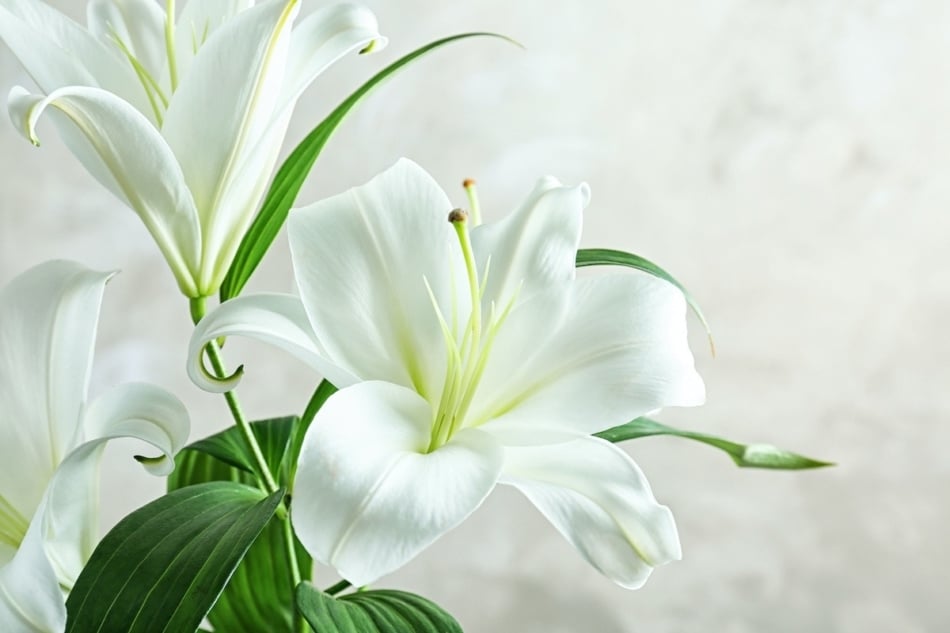
While normally grown outside, this plant is sometimes given as a springtime gift. Its toxic mechanisms are unknown, but in cats, Easter lilies cause vomiting, or in severe cases, kidney failure.
English Ivy
This is a popular bedding plant in planters, but the leaves, in particular, are toxic. Dogs and cats will experience stomach pain, drooling, vomiting and diarrhea due to saponins.
Geranium
These lovely flowers are common both outdoors and as house plants, but two chemicals that they contain, geraniol and linalool, can cause dermatitis, vomiting, and anorexia in dogs and cats.
Hyacinth
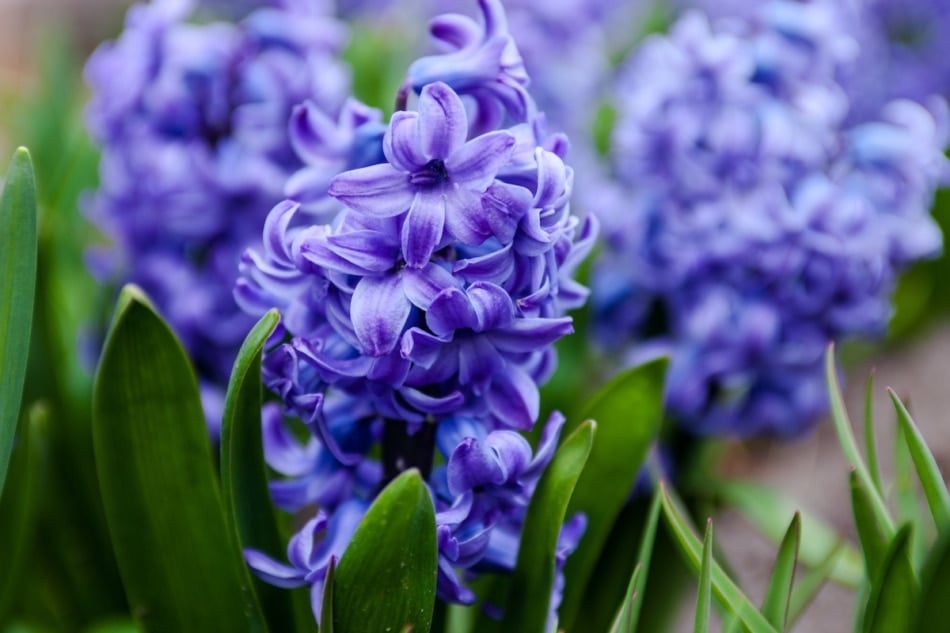
This is another popular gift in the spring. Hyacinths are known to be toxic to dogs and cats, causing tremors, severe vomiting and diarrhea in which blood is sometimes present. It is thought that this is caused by alkaloids throughout the plant, but particularly in the bulbs.
Indian Rubber Plant
This small indoor tree contains ficin and ficusin, which causes a loss of coordination, vomiting, dermatitis and oral irritation.
Jade Plant
It is unknown why these plants are toxic to dogs and cats, but when ingested, they cause nausea and vomiting.
Kalanchoe
These plants have beautiful flowers, but they also contain bufadienolides, which cause gastrointestinal symptoms like vomiting and diarrhea in pets. Rarely, pets experience arrhythmia.
Lantana
The foliage of this plant is poisonous to many animals — not just dogs and cats, but livestock as well. Pentacyclic triterpenoids in the leaves cause labored breathing, weakness, and sometimes vomiting and diarrhea. In severe cases, liver failure can happen.
Mauna Loa Peace Lily
If ingested, calcium oxalates in this plant cause cats to suffer oral symptoms: burning, drooling, difficulty swallowing, and more.
Tulip and Narcissus
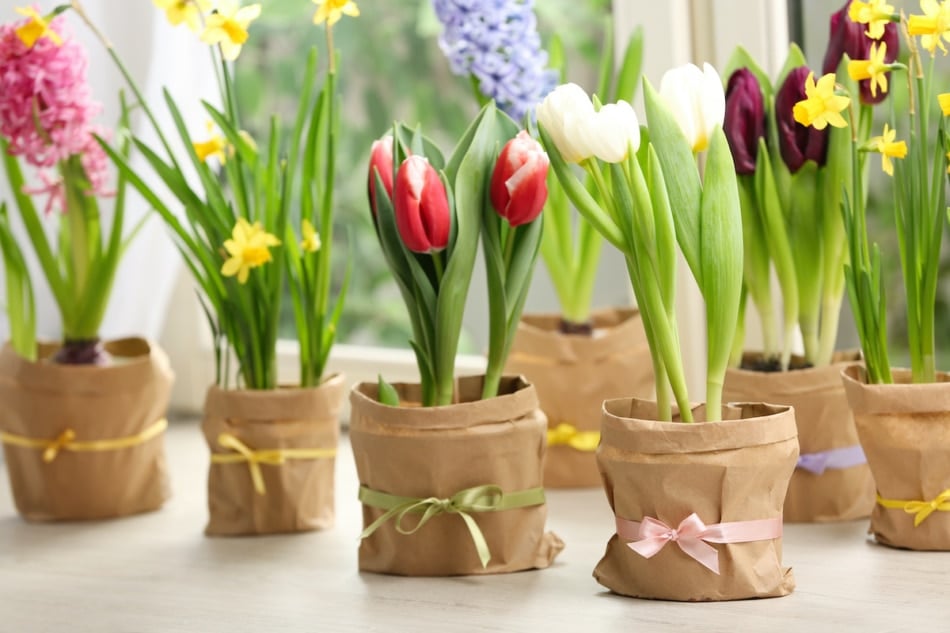
These are common springtime bulbs that people love to give as gifts. The bulbs are poisonous, causing oral irritation, stomach pain, nausea, vomiting, and potential liver damage in pets.
Philodendron
All varieties of philodendron contain oxalate crystals, which burns the mouths of dogs and cats and can also cause excess salivation or trouble swallowing.
Pothos or “Devil’s Ivy”
All varieties of this plant contain oxalate, which causes oral irritation and other symptoms.
Poinsettia
Another holiday plant not worth having around if you’ve got pets. While ingesting poinsettia isn’t normally deadly to pets, it can cause irritation in the mouth or stomach, which leads to vomiting and diarrhea.
Sago Palm
Sago palms contain cycasin, which causes gastroenteritis, vomiting, and other symptoms. In severe cases, a pet that eats sago palm could suffer liver damage or even liver failure.
Snake Plant
Because they contain saponins, snake plants cause nausea, diarrhea, and vomiting in pets.
Spider Plant
Cats are wildly attracted to spider plants (all those wiggly legs!). While these plants are considered non-toxic, the compounds in them, which are related to opium, can result in an upset stomach, vomiting, and diarrhea in cats. For this reason, it’s wise to keep them away from your pets. If you do have any, keep them up high, in hanging baskets.
Yew
These evergreens are sometimes used to create indoor bonsai trees or Christmas decorations, but they contain taxine, which is highly toxic to cats and dogs. Early signs of ingestion include symptoms like muscular tremors. Dogs may experience seizures. These symptoms can lead to cardiac failure.
We’ve listed some of the most common toxic houseplants here, but before you bring any plant into your home, make sure that you check with your vet or online here to see if it is pet-safe!

Amber Kanuckel
Amber Kanuckel is a freelance writer from rural Ohio who loves all things outdoors. She specializes in home, garden, environmental, and green living topics.

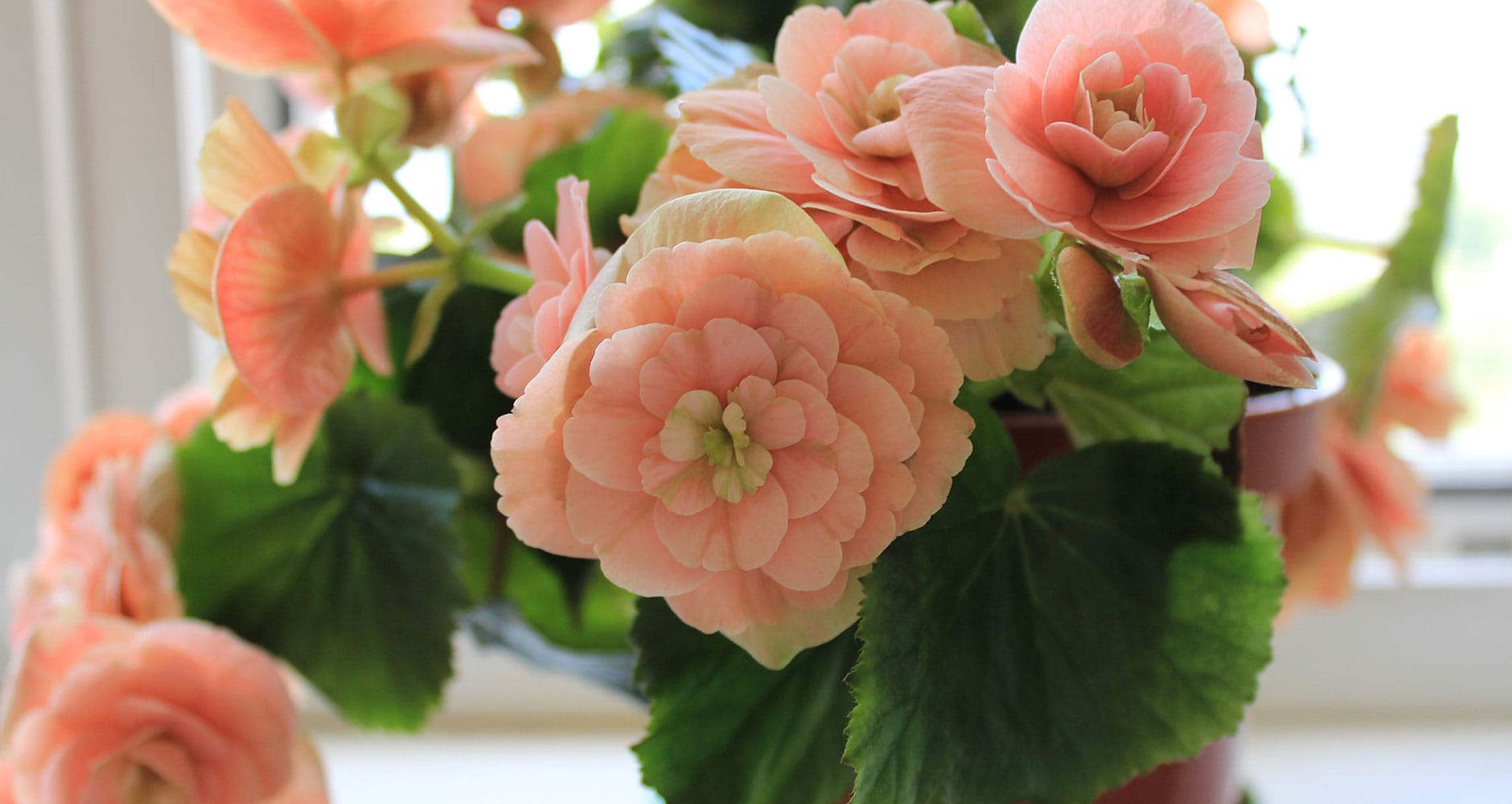
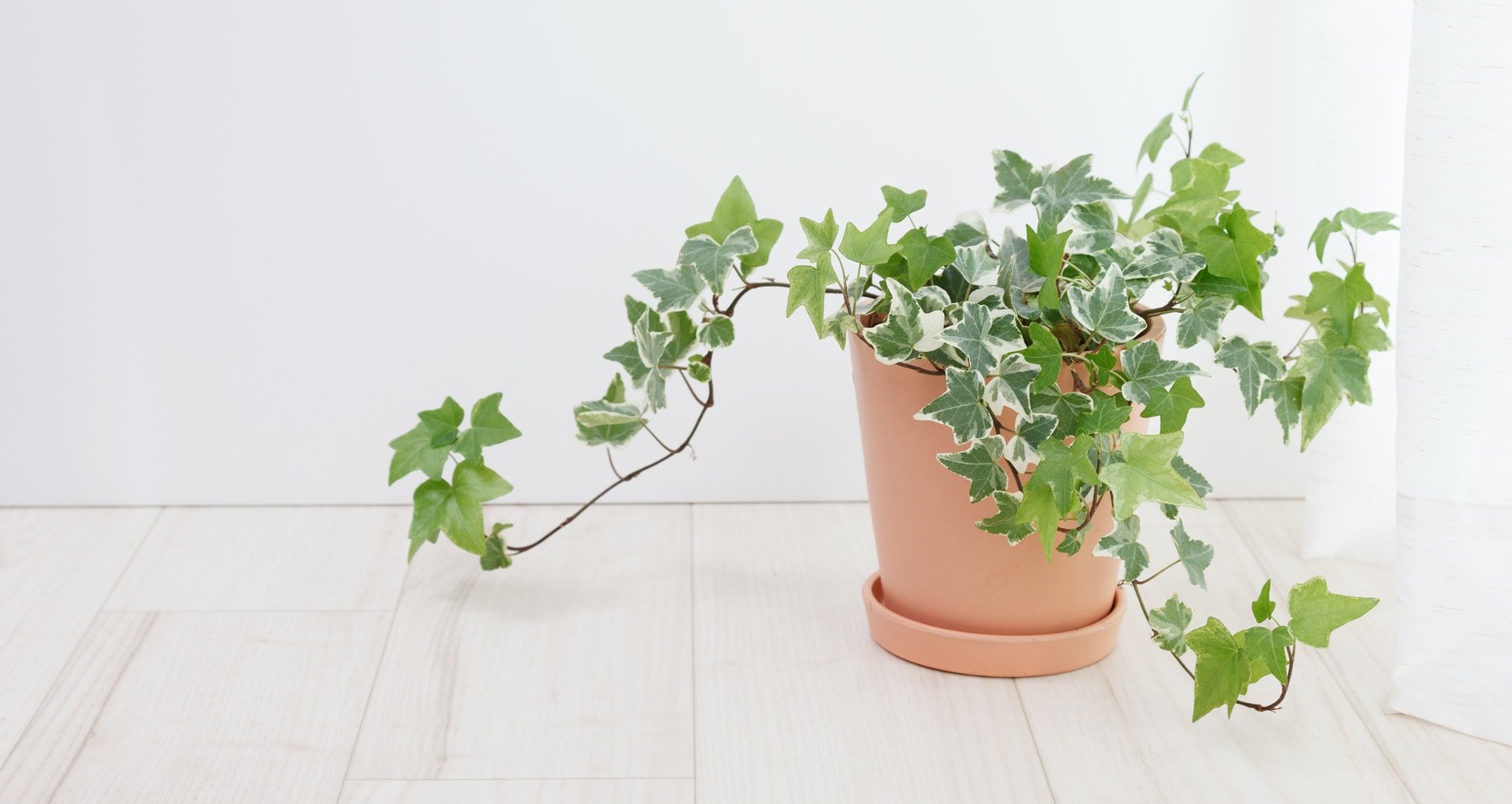
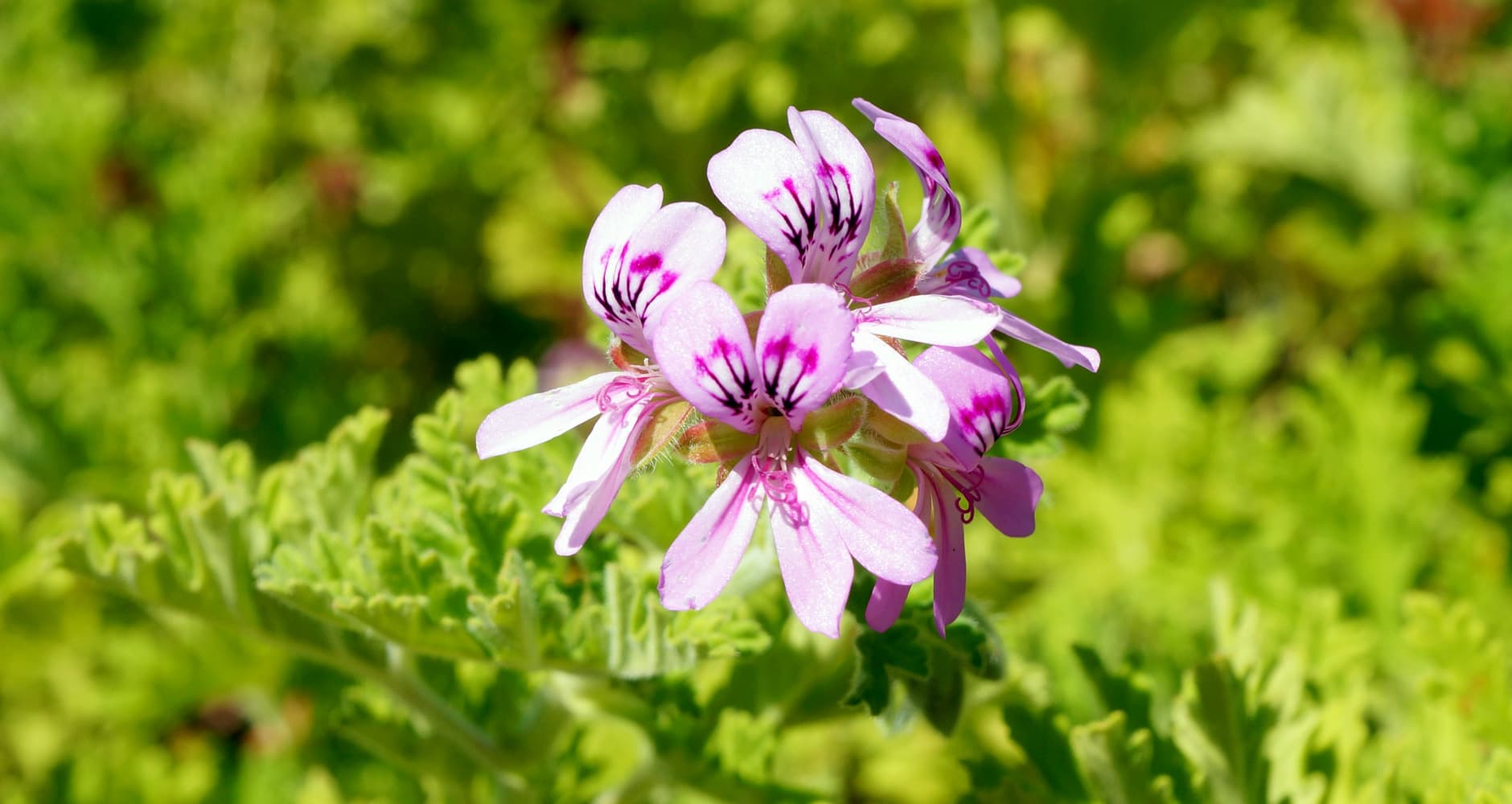
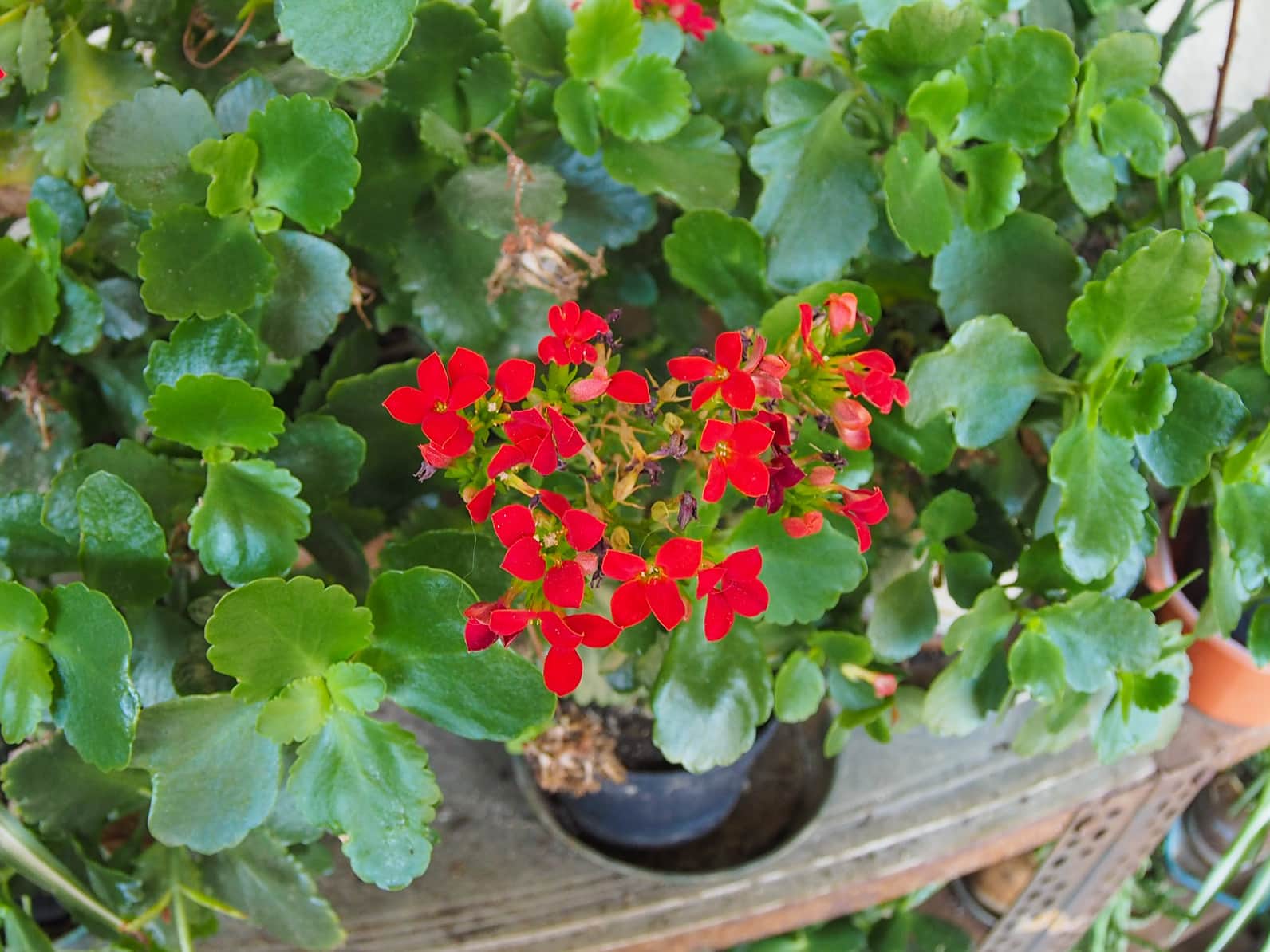
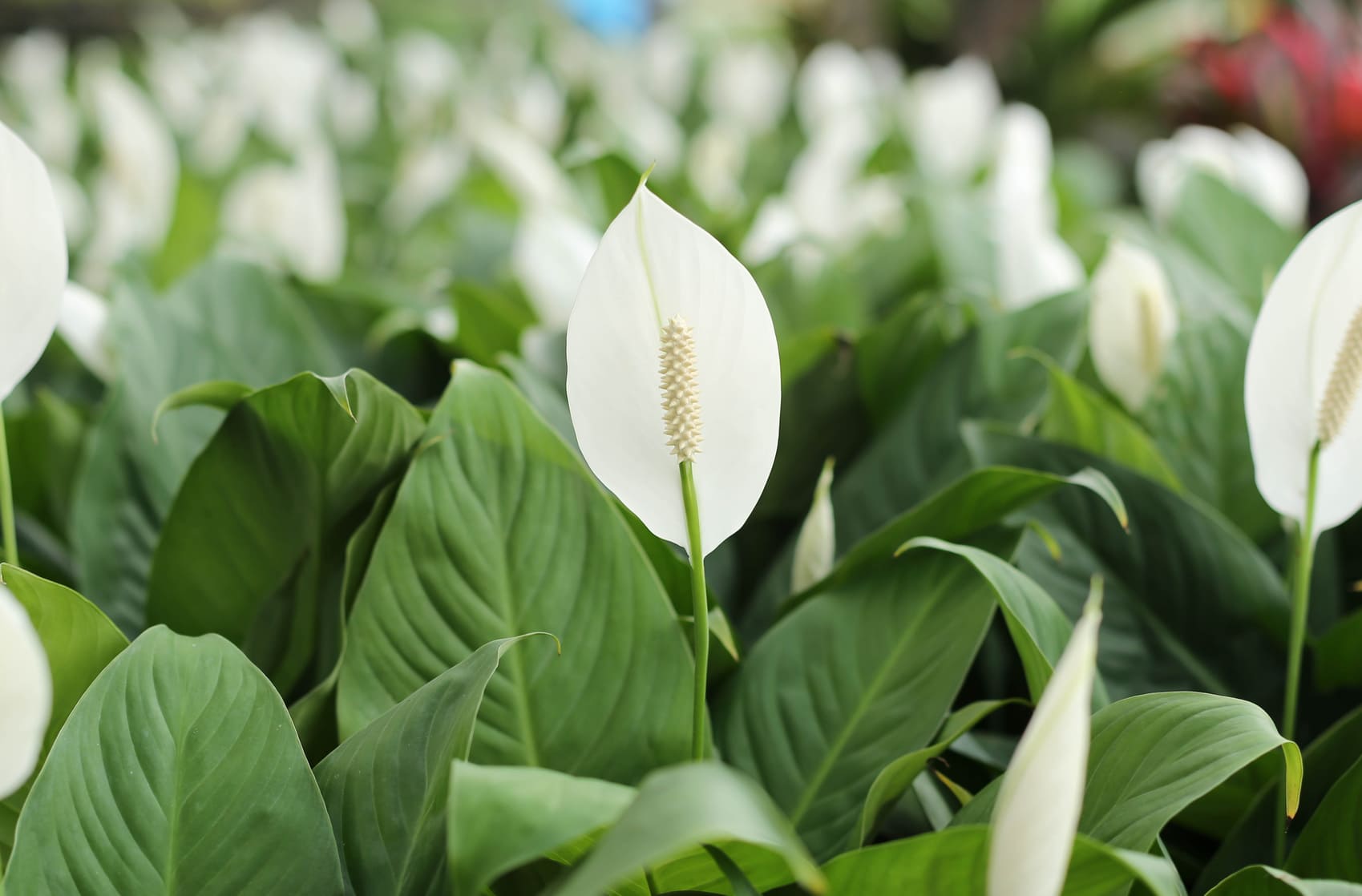
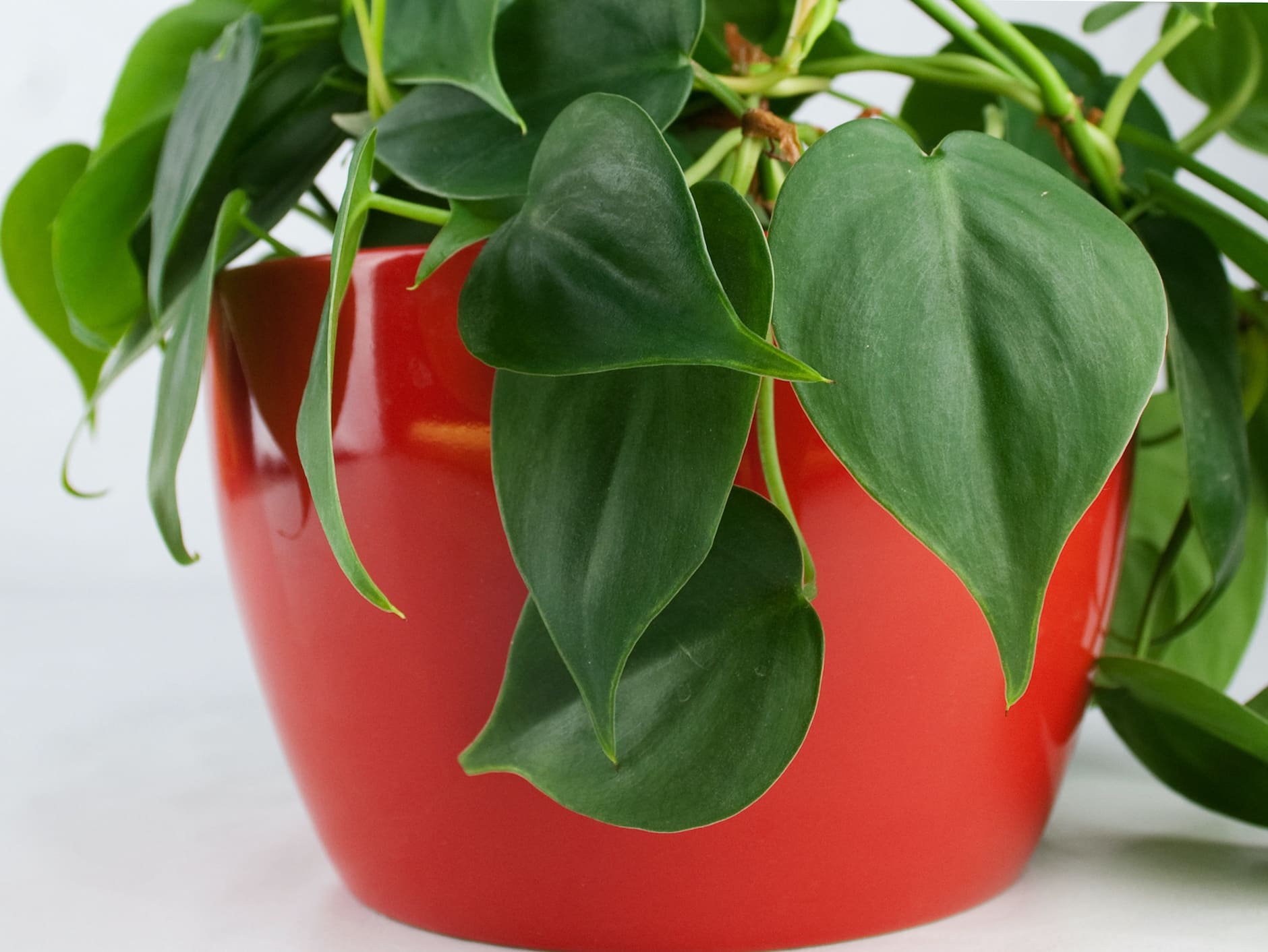
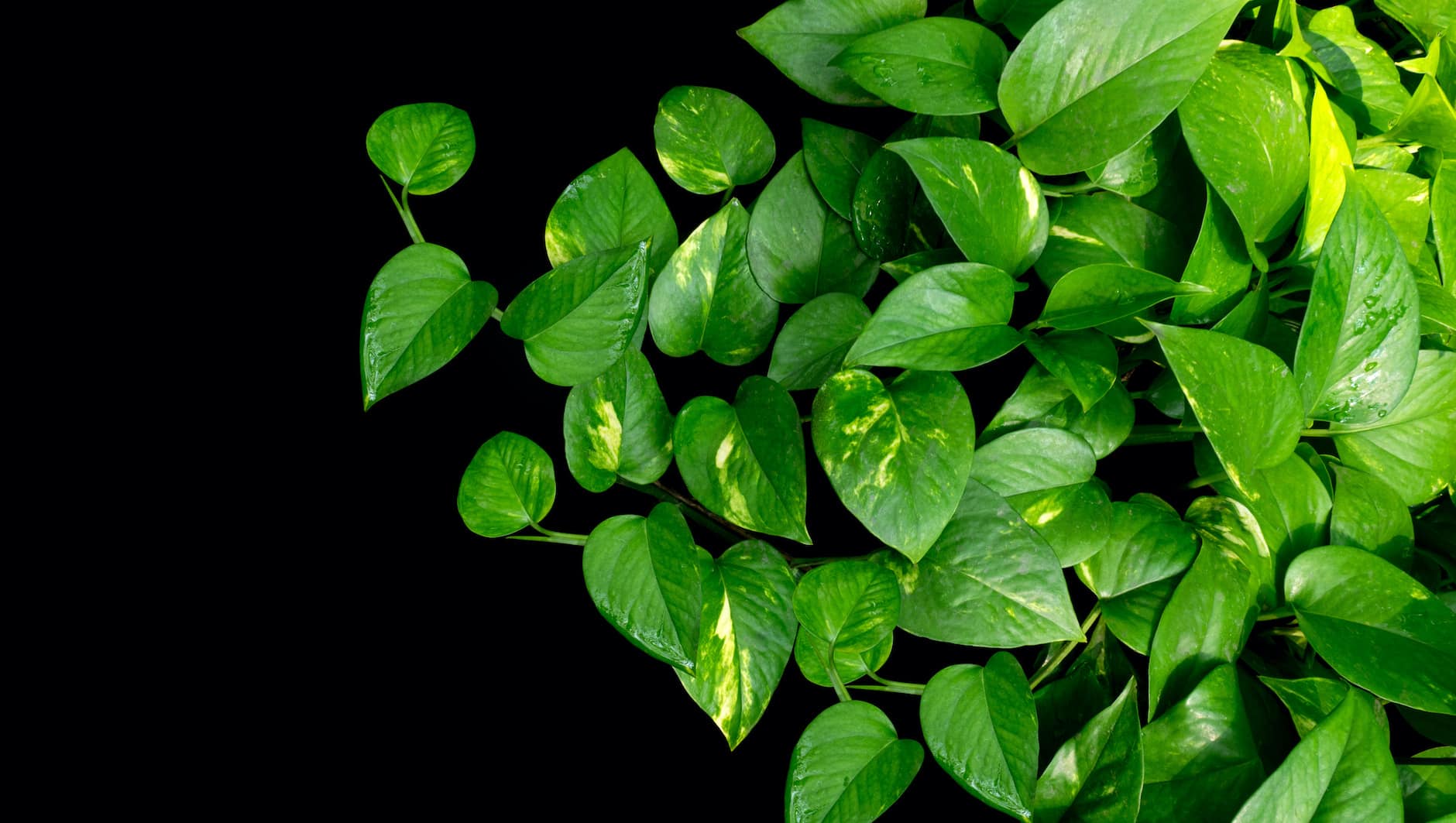
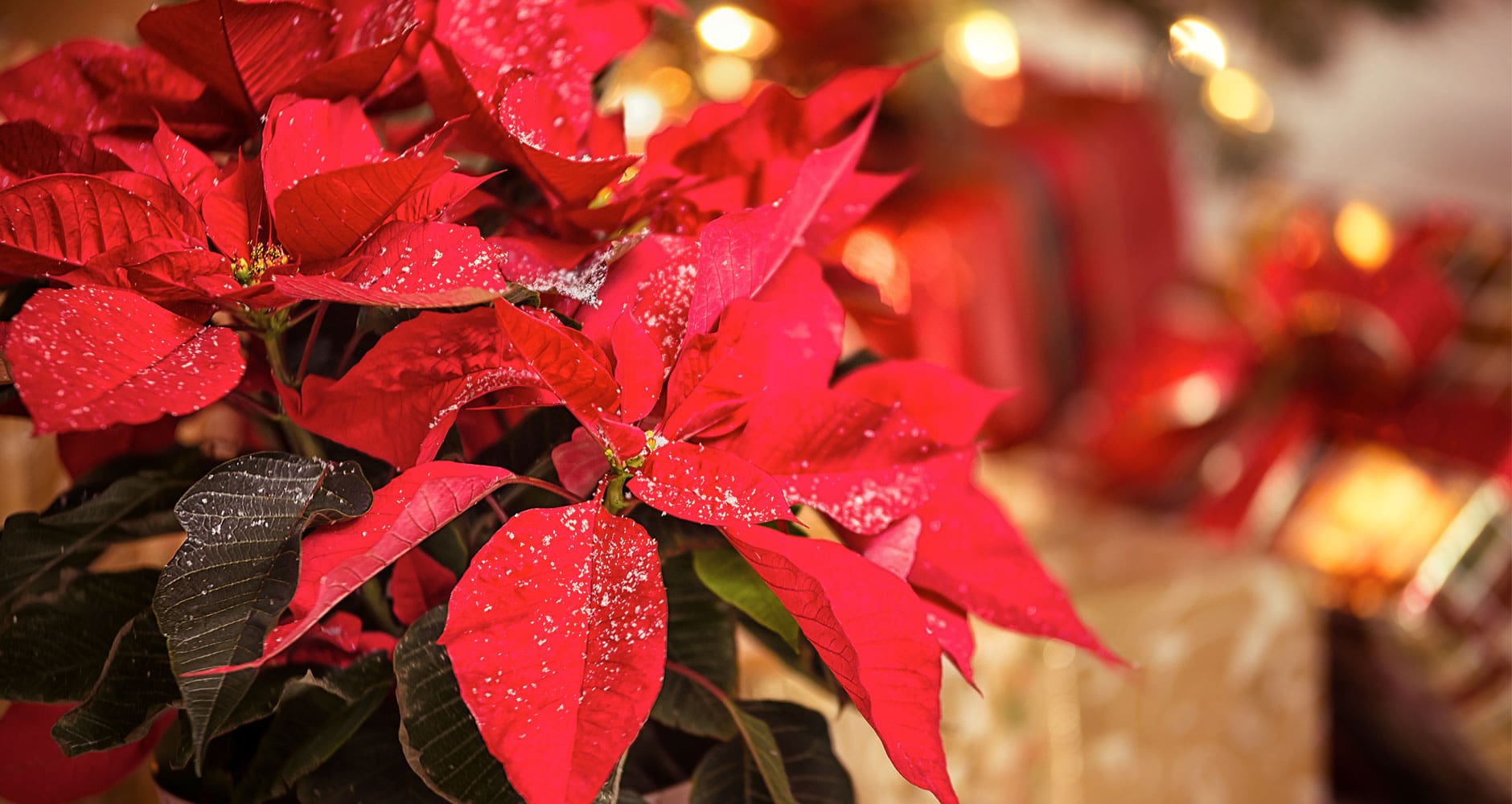

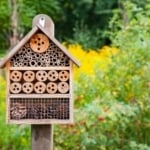
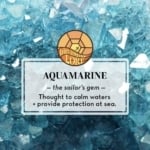


What is a good-air purifying plant inside the home that is not toxic to cats or kittens?
Does anyone know if a drunkards plant toxic to cats?
Thank you so much for ALL this information. My lady friend just texted me with possible results about her sick furry baby kitty. I sent her a plant in June. A red kalanchoe, not knowing anything about its toxicity. Miss Bubbas is having tremors and seizures. Possibly from this or other plants in an indoor atrium. Not good. Hopeful for a recovery here.
yes, houseplants are usually the culprit. Cat owners know it’s a bad combination. Best to skip houseplants.
Had a close family member die, received many plants from well meaning people. Had to give them all away, one huge lily I made the florist take it back. Why don’t florists ask if there are cats in the recipients home, seems they don’t care.
How about a Boston fern
Are orchids cat friendly
They are toxic only if the pets eat them right? If you have the plants out of them its ok?
Correct, Marya. Only if ingested. But cats can’t help themselves! Be careful.
Depends on how much was consummed most grown dogs will avoid these plants I have dogs and to make sure they won’t mess with them I put a cotton ball soaked in peppermint oil or tee tree ,eucalyptus .then put them on a chop stick and lodge them close t the plants, if outside either cover with plastic or reapply after rain
Good info, Dylan, thank you!
I think it would be beneficial if this info, (which is excellent) contained either a photo of the plant or at least of a few of the leaves. Many people may not know the names of the plants, or either know them by another more common name.
You are absolutely right! I’m going to be working on this. Thank you
Many writers can not imagine that their articles readers botanical knowledge.